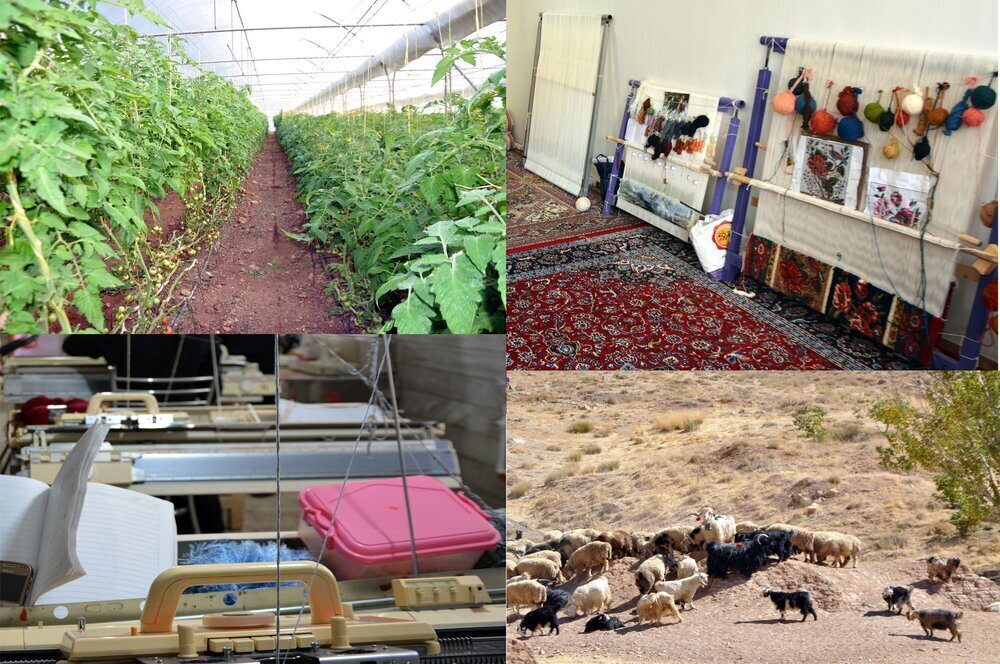Over 38,000 rural administrations offering services to villagers

TEHRAN – A total of 38,248 rural administration offices have been established since 2003, offering services to villagers across the country, IRNA reported.
More than 95 percent of the country's rural population is covered by rural administration services.
According to the report, 643 rural administration offices have been established in the past Iranian calendar year, which ended on March 20.
The Ministry of Interior has announced that all the villages with more than 20 households are allowed to establish rural administration offices.
Therefore, 100 percent of the country's villages can benefit from the services of rural administrations.
The Majlis (the Iranian Parliament) approved a total of 31 trillion rials (nearly $62 million) for rural development in the budget bill for the previous Iranian calendar year (March 2022-March 2023), IRIB reported.
By allocating this amount of budget, the whole credit of comprehensive development plans will reach 42 trillion rials, Akbar Nikzad, head of the Housing Foundation, said in June 2022.
The comprehensive development plans aim to develop rural areas in line with cultural, economic, and social conditions, as well as housing provision for the rural residents and improving environmental services.
“There are around 40,000 villages in the country with more than 20 households, for all of which comprehensive development plans have been approved every 10 years, and after this period, the village comprehensive development plans need to be reviewed.
The plans have so far been reviewed and re-implemented for 4,000 villages with more than 20 households in the country,” he stated.
Currently, 26 percent of the country's population lives in villages, around 39,000 villages have more than 20 households and 23,000 villages have less than 20 households.
Thus, more than 97 percent of the country's rural population lives in villages with over 20,000 households.
In Iran, where villages account for generating 20-23 percent of the value-added in the country, the development of rural areas has been always a top agenda of the government’s activities.
Many efforts have been made over the past couple of years by the government to support villagers and slow down the trend of migration from rural areas to cities.
Rural tourism, agritourism, religious tourism, and ecotourism are alternatives or complementary economic activities that could further stimulate rural development while decreasing rural community dependency on one main economic sector (agriculture, forestry, energy, or mining).
MG
